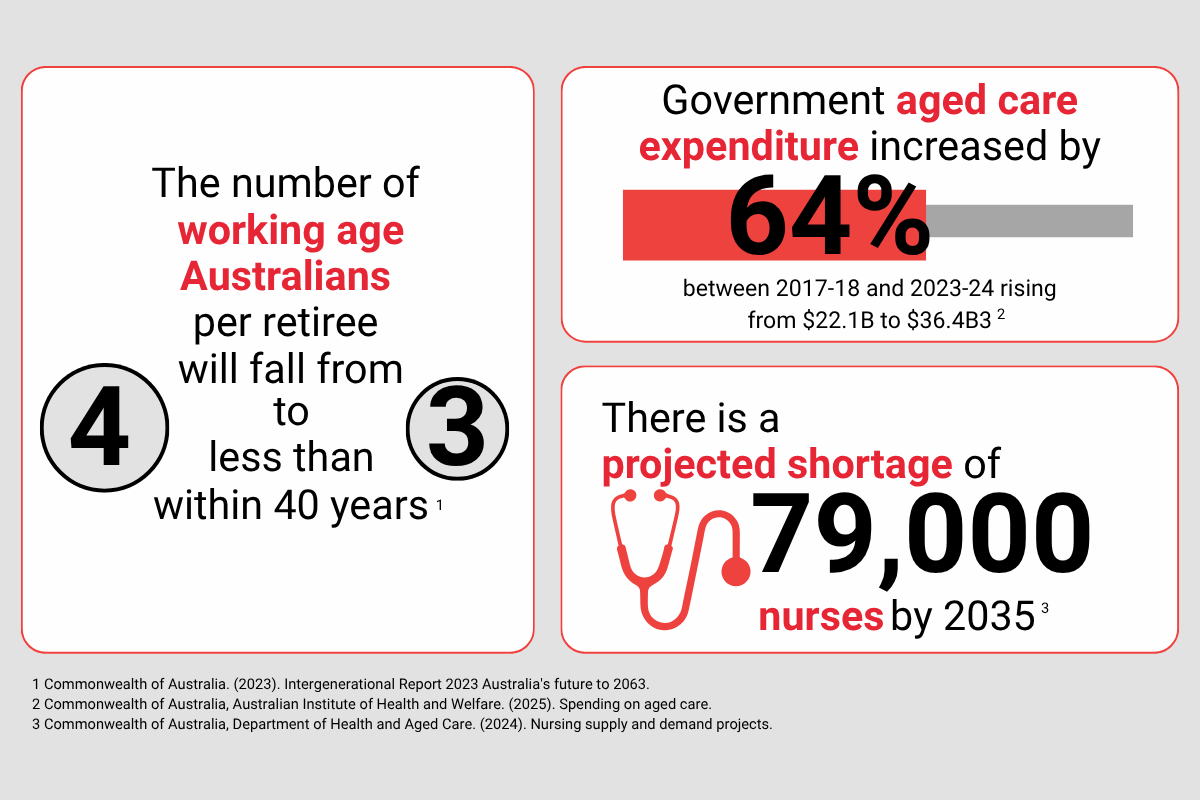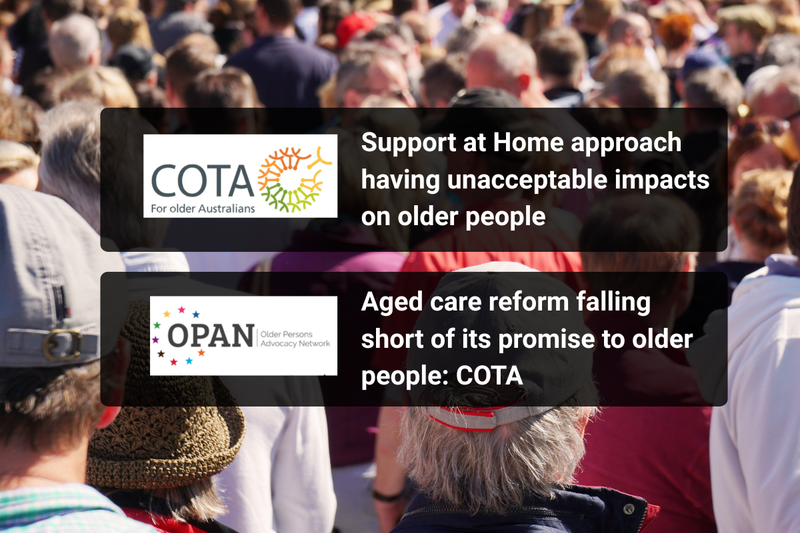Why the health system needs its own Plan T
“We must tackle tomorrow’s healthcare challenge now… the burden of disease is now overwhelmingly chronic, sitting with frail and vulnerable older communities.”

Two new reports warn that without a whole-of-system transformation, both health and aged care will remain trapped in a cycle of demand neither can meet.
The Business Council of Australia’s Supporting a Healthy and Productive Nation – published in September – and the Grattan Institute’s Smarter spending: Getting better care for every hospital dollar both call for national health reform on a scale Australia has not yet attempted.
Grattan’s report shows public hospital spending has surged 50% in a decade to $87 billion, yet ambulance ramping, elective surgery delays and workforce burnout continue to worsen. Public hospital spending per person is expected to rise by another third within 10 years.
But the paper also identifies $1.2 billion a year in avoidable spending – savings that could fund an extra 160,000 hospital visits.
Aged care is driving much of the pressure. The BCA notes that 60,000 Australians now turn 80 each year – triple the rate of the past two decades – while health and care spending pushes beyond 10% of GDP and the number of working-age taxpayers per retiree falls from four to fewer than three.
Outgoing Australian Unity Managing Director and CEO and BCA Health Committee Chair Rohan Mead told The Australian bluntly:
“We must tackle tomorrow’s healthcare challenge now… the burden of disease is now overwhelmingly chronic, sitting with frail and vulnerable older communities.”

Both reports outline a suite of reforms, including:
- lifting prevention spending to 5% of total health expenditure by 2030
- scaling Hospital in the Home and virtual care to avoid admission
- overhauling hospital funding to reward productivity
- integrating Federal-State planning through a new national agency
- boosting health literacy and transparency so consumers can navigate both systems
- accelerating digital and capital investment across aged care to relieve hospital bottlenecks
The message is clear: Australia cannot fix hospitals without fixing aged care – and vice versa.






